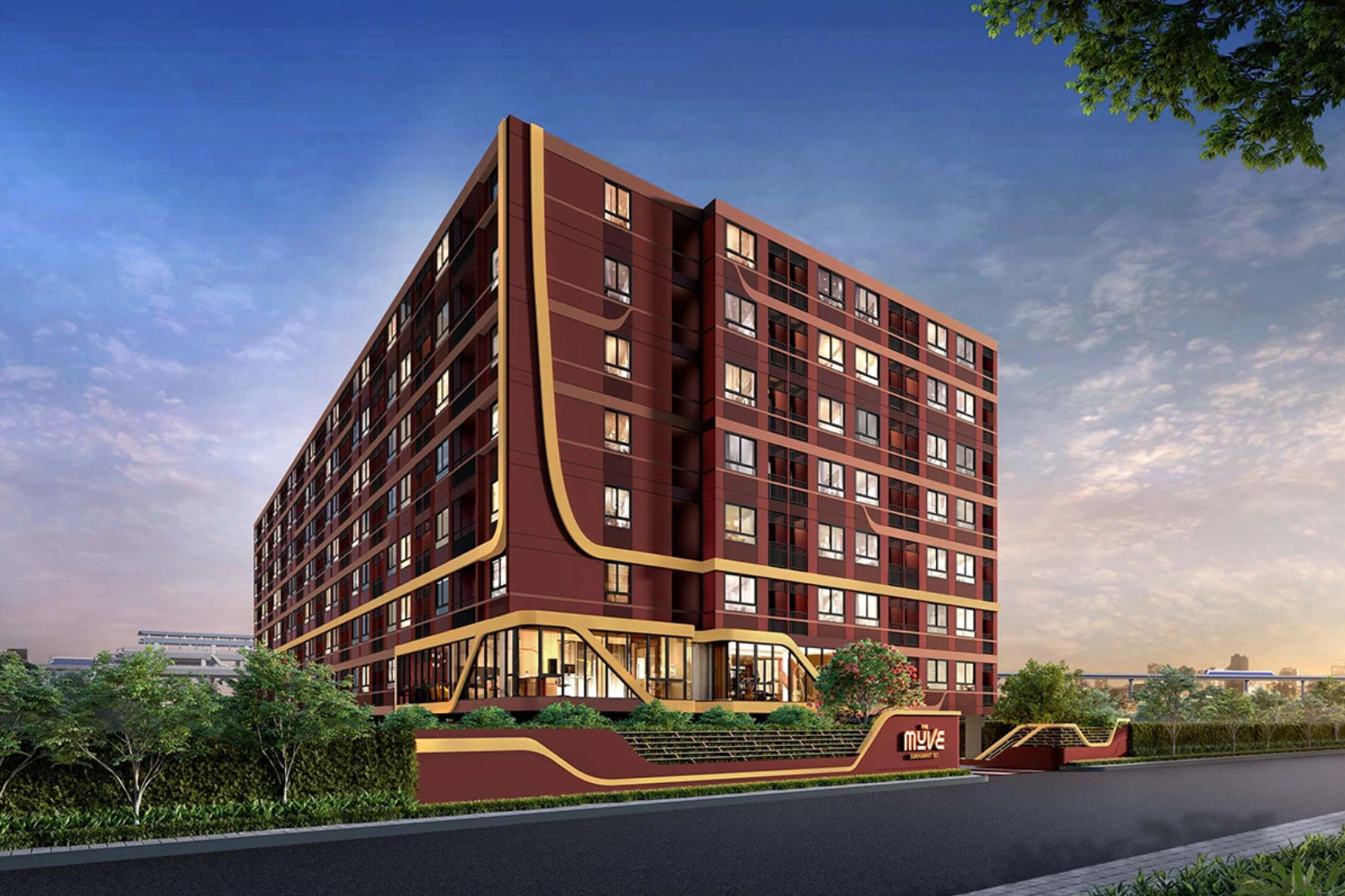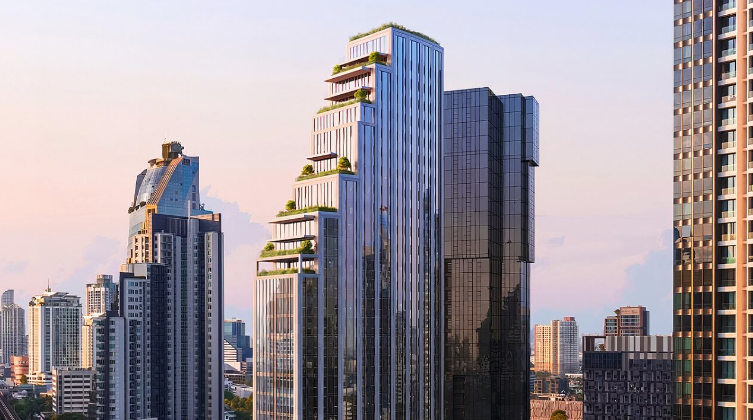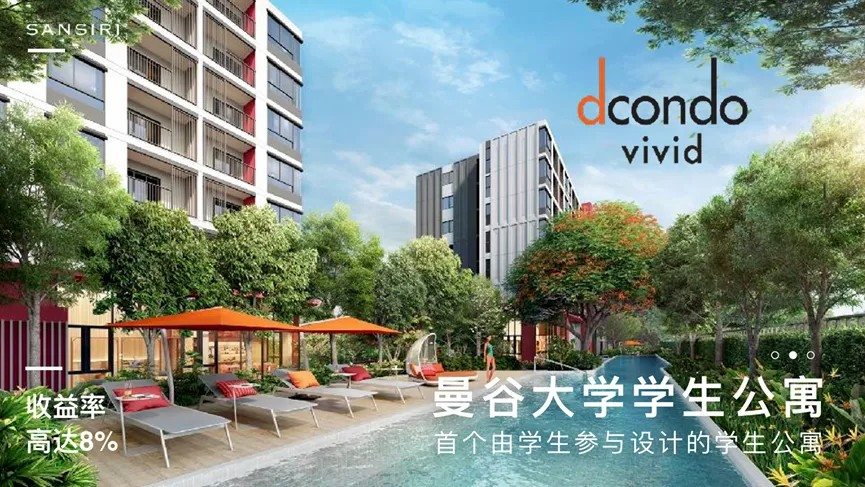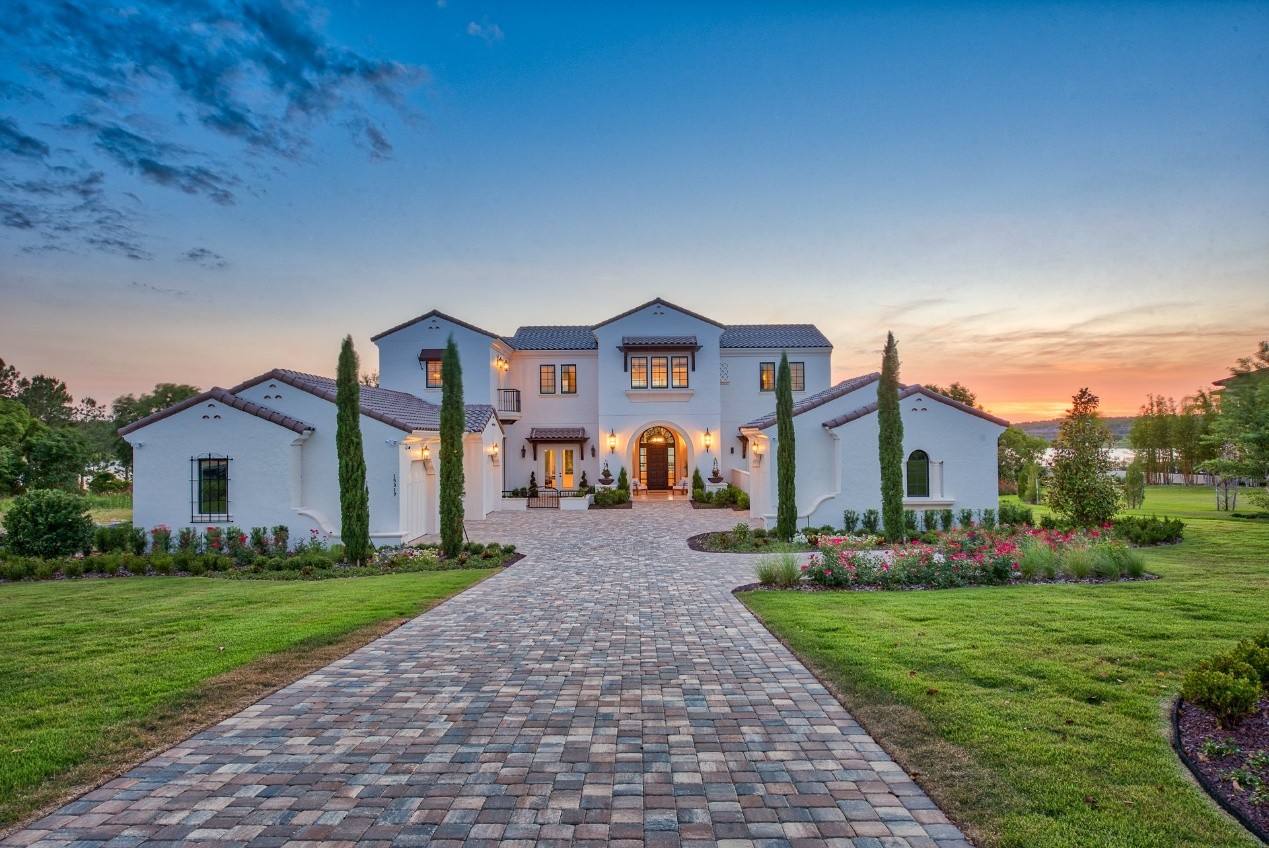新房卖不动,旧房炒疯了?泰国“翻房客”靠旧公寓年入百万,大开发商都坐不住了!
去年底,曼谷的一处老旧公寓楼里,一套已经空置了将近一年的房子,终于挂出了“已售出”的牌子。这套房子原本在拍卖市场上无人问津,墙面斑驳,管道老化,只有几十平米。可谁能想到,换了主人后不过三个月,经过简单翻修就以比原价高出15%的价格再次售出,买家还是一位年轻的自由职业者。
At the end of last year, in an aging apartment building in Bangkok, a unit that had sat empty for nearly a year finally bore a “Sold” sign. Once ignored on the auction market, the unit featured peeling walls, outdated piping, and was barely a few dozen square meters in size. But surprisingly, after changing hands and undergoing a light renovation, it was resold within just three months at 15% above its original price. The buyer? A young freelancer.
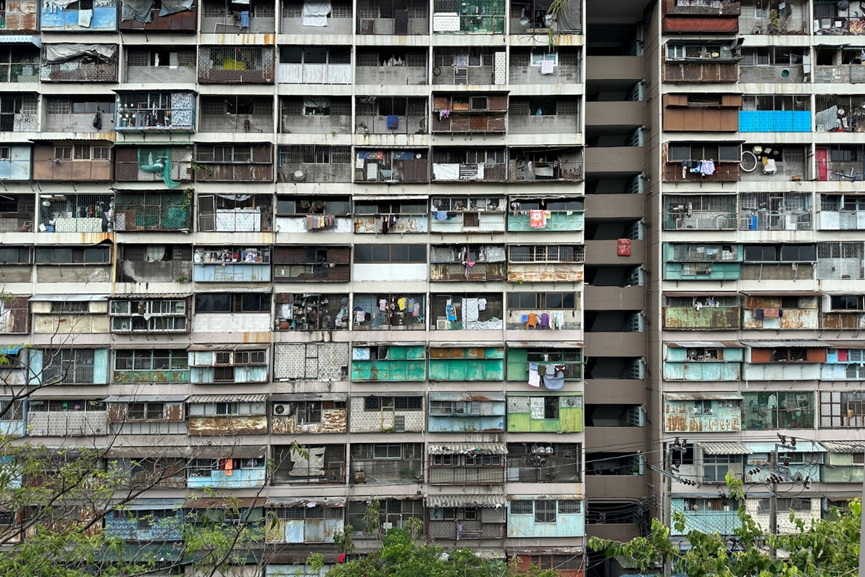
这样的故事,现在在泰国多个城市悄然上演。和一年前相比,越来越多的旧房子开始重新焕发生机,而背后推动这一切的,不是大开发商,而是一群“小角色”:懂行情的中介、手巧的建筑师,甚至还有辞职转行的工程师。他们不搞大手笔,只做“小而美”的生意——低价收购、翻新、转手,几乎部部赚钱。
Stories like this are quietly unfolding across cities in Thailand. Compared to a year ago, more and more old properties are being revitalized—not by big developers, but by a wave of “small players”: savvy agents, resourceful architects, and even former engineers who left their jobs to join this movement. They don’t go for massive projects, but instead pursue “small and beautiful” business models—buy low, renovate smartly, and resell. Nearly every deal turns a profit.
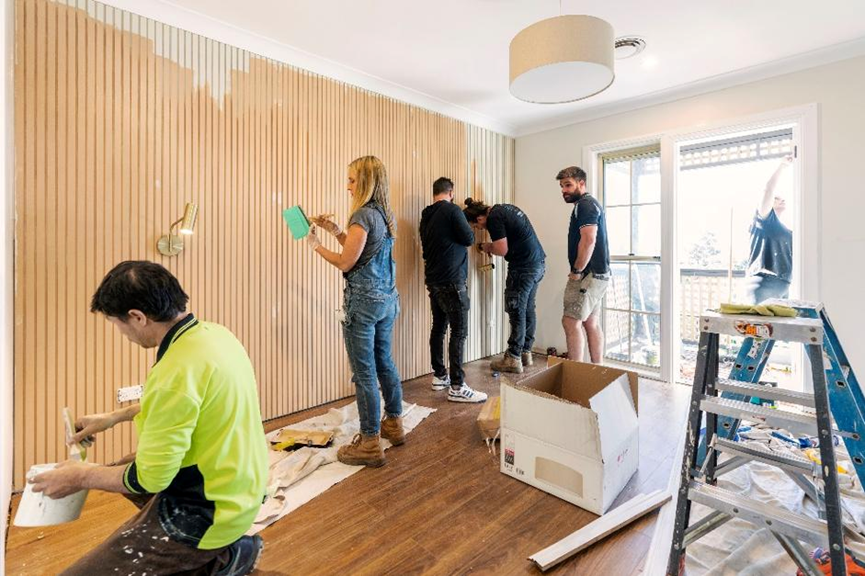
◆ ◆ ◆ ◆
翻新法拍房,月入几十万
Flipping Foreclosed Homes for Hundreds of Thousands a Month
◆ ◆ ◆ ◆
不少人听说“炒房”都会想到动辄上千万的资本运作,但现实中,一些投资者靠的不是雄厚资金,而是灵活眼光。在泰国,司法拍卖市场上那些因房贷违约被强制拍卖的房子,成了不少小型团队的“淘金地”。他们低价拿下房子后,迅速联系建筑师设计、工人进场翻新,材料预算压到极致,翻修周期也被控制在30天以内。
When people hear about “property speculation,” they often imagine billion-baht deals and deep-pocketed investors. But in reality, some profit not from capital, but from sharp insight. In Thailand’s judicial auction market, properties foreclosed due to mortgage defaults have become gold mines for small teams. They acquire properties at bargain prices, immediately commission architectural designs and construction work, keep material costs minimal, and compress renovation timelines to under 30 days.

这些房产通常集中在市中心的次级街区,地段不算最热,但生活配套齐全,租售两旺。装修一新后,再加价卖给刚需购房者或投资出租的中产阶层,每套能赚10%-15%的利润。相比新房开发动辄数年的周期和个位数的回报率,这种“短平快”的操作更有吸引力。有经验的团队一个月操作两三套房源,轻松实现几十万泰铢的利润。
These properties are often in secondary downtown neighborhoods—not prime locations, but with full amenities and strong demand for both rental and sale. After renovations, they’re resold at a markup to first-time buyers or middle-class investors. Each unit yields profits of 10–15%. Compared to new builds that can take years and yield single-digit returns, this fast-turnover strategy is far more attractive. Experienced teams can flip two or three properties a month, earning hundreds of thousands of baht with ease.

◆ ◆ ◆ ◆
二手房爆火的背后逻辑
What’s Driving the Secondhand Housing Boom?
◆ ◆ ◆ ◆
2024年的房产交易数据显示,一个明显的信号开始浮现:新房的吸引力正在减弱,二手房却成了市场主角。全泰国约62%的转让交易来自二手住宅,数量远超新建房。而这波热潮的背后,除了翻新利润诱人,更有买家的现实考量。
According to 2024 real estate transaction data, a clear trend is emerging: new properties are losing appeal while secondhand homes take center stage. Approximately 62% of residential transactions nationwide are now in the secondhand segment—well outpacing new builds. Beyond attractive renovation profits, buyer preferences are shifting due to practical reasons.
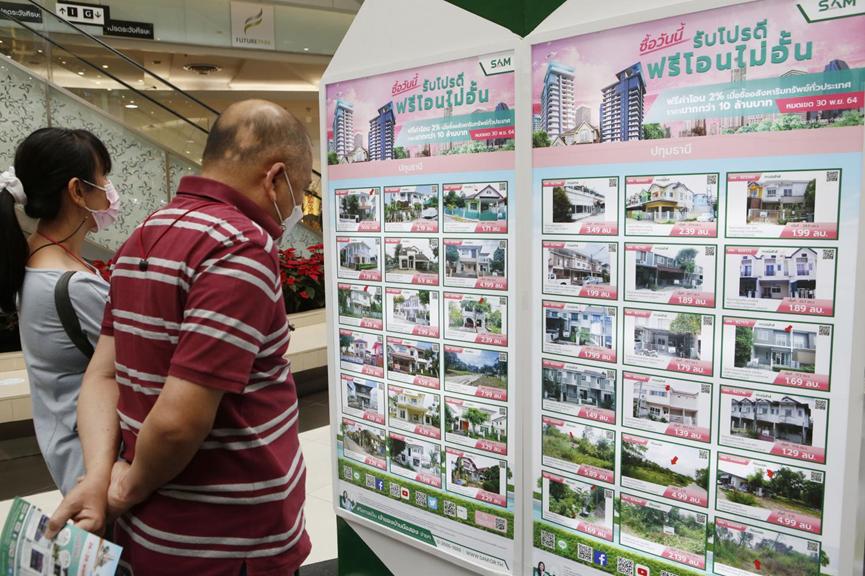
这些二手房多半坐落在核心区域的小街巷内,紧邻写字楼、学校、地铁站,生活便利,通勤时间短。相比之下,很多新楼盘远在城市边缘,虽然楼盘新、配套全,却对时间和交通成本要求更高。另一方面,价格也让人难以拒绝。同样地段的房子,新房每平米动辄贵出20%以上,对于预算有限的购房者来说,二手房显然更“友好”。
These older homes are often nestled in central alleys, close to offices, schools, and metro stations. Life is convenient, and commutes are short. In contrast, many new developments are on city outskirts—brand new with full facilities but come with longer travel times and higher transportation costs. Secondly, price is a major draw. In similar locations, new homes can cost over 20% more per square meter. For budget-conscious buyers, secondhand homes are simply more “friendly.”
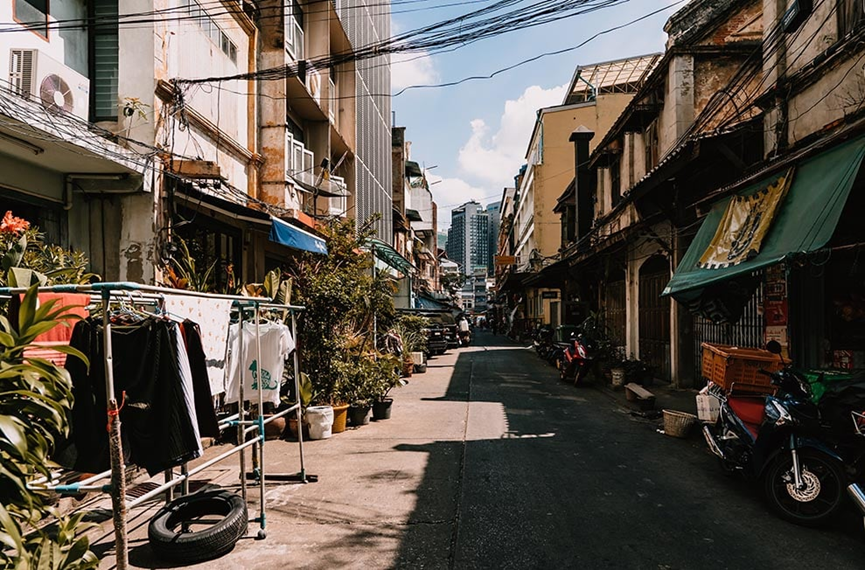
在如今这个经济略显疲软的时期,二手房兼顾价格和位置的优势,让不少人觉得:买旧房,其实更划算。
Amid a sluggish economy, the dual advantage of cost and location makes secondhand homes an appealing choice. As many now say: “Old homes just make more sense.
◆ ◆ ◆ ◆
“先租后买”,破解买不起难题
Rent-to-Own: A Solution for the ‘Can’t Afford’ Crowd
◆ ◆ ◆ ◆
在高房价和严格信贷之间夹缝求生的人,不少选择了一种折中方式:“先租后买”。对于暂时不具备贷款资格的年轻人来说,这种模式既减轻了短期压力,也保留了置业的可能性。一些房产公司和中介甚至专门推出配套服务,租客住满一年后可优先购买该房屋,且部分租金可抵作首付款。
Caught between sky-high property prices and tight credit conditions, many are turning to a middle path: “rent-to-own.” For young people who aren’t yet eligible for mortgages, this model eases short-term pressure while preserving the dream of ownership. Some real estate firms and agents even offer tailored services: after a year of renting, tenants have the option to buy, with part of the rent credited toward the down payment.
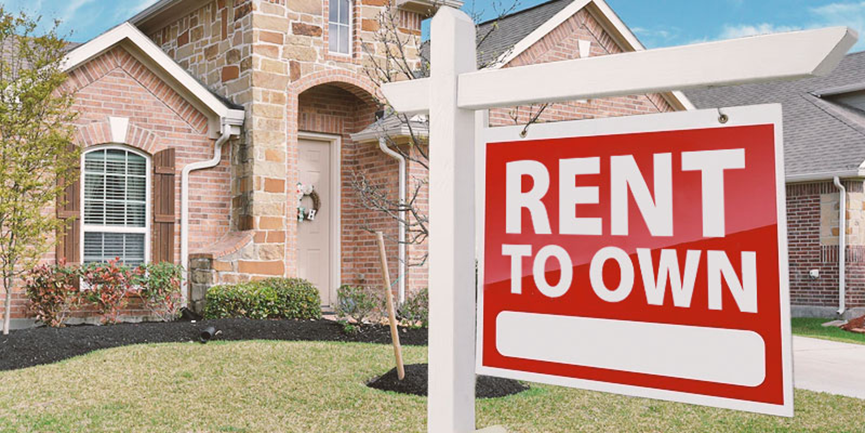
这种做法背后,其实是一套正在成熟的二手房运营链条。建筑师负责空间重构、预算控制;中介了解客户需求,精准匹配资源。就连不少原本在工地打工的工程师,也开始转型为“自营翻新人”,独立操盘小项目,边学边赚。
Behind this approach lies an increasingly sophisticated secondhand housing ecosystem. Architects handle spatial redesigns and cost control; agents analyze client needs and match resources efficiently. Even many former construction workers are now becoming “independent renovators,” managing small projects while learning and earning.

这些人不再只是“搬砖”的那群人,而是掌握了翻新技巧、资金流转和客户心理的多面手。他们不像大型开发商那样讲究排面,但一套一套的老房子,正是靠他们手里变得有模有样、焕然一新。
They’re no longer just the muscle on-site, but versatile professionals skilled in renovations, finance, and buyer psychology. Unlike big developers, they don’t care about flashy presentations—but they’re turning old, neglected units into desirable, refreshed homes.
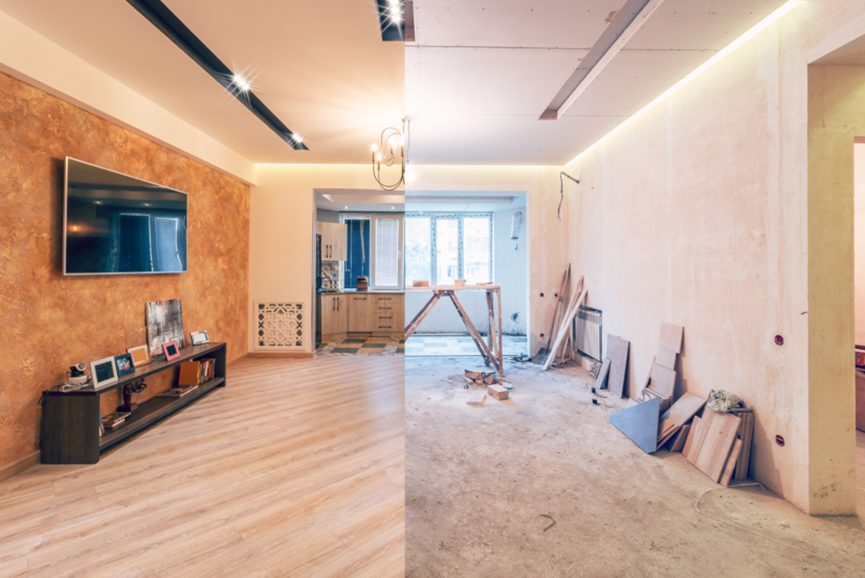
◆ ◆ ◆ ◆
银行、政府、自由职业者联手推动
Banks, Government, and Freelancers Join Forces
◆ ◆ ◆ ◆
想不到吧?泰国目前竟有超过140万套房子是空着的,其中大多数不是烂尾楼,而是等着被“重新激活”的资源。这些房子分散在城市各处,四成是新建房,剩下的则是二手老房,很多掌握在银行和法院手中。过去没人愿意接手,但现在,形势变了。
Surprising to many, Thailand currently has over 1.4 million vacant homes—most of which are not abandoned construction projects, but dormant assets waiting to be “reactivated.” Scattered across urban areas, about 40% are new builds, while the rest are aging secondhand homes, often held by banks and courts. Once undesirable, these properties are now seeing renewed interest.
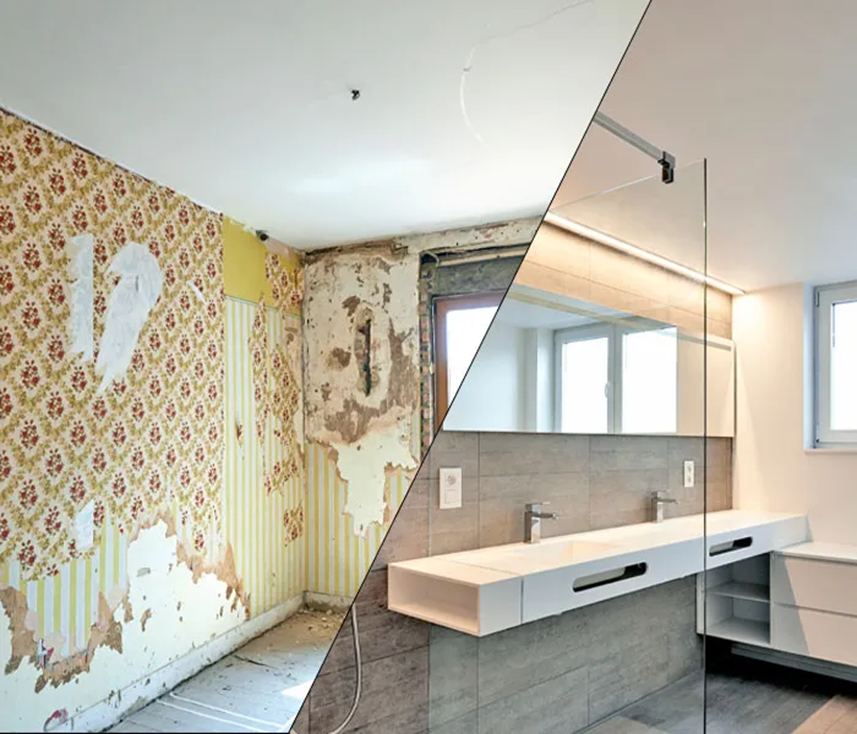
政府干预成为关键转折点。通过将过户税和抵押贷款手续费降到0.01%,一举降低了入场门槛。这一举动,直接吸引了一大批之前按兵不动的“中产游击队”——医生、工程师、自由职业者。这群人不靠贷款吃饭,手里有点闲钱,眼光也毒,一旦看准,就果断出手翻房。
The game-changer? Government intervention. By slashing transfer and mortgage fees to just 0.01%, they’ve dramatically lowered entry barriers. This move has drawn a wave of previously cautious “middle-class freelancers”—doctors, engineers, gig workers. These individuals aren’t dependent on loans, have some disposable capital, and act quickly when they spot opportunities.

更重要的是,这不再是一种副业尝试,而正在成为一种稳定的收入来源。有些人甚至已经靠这个辞了原本的工作,把翻新和转售作为正经事业来做。旧房,从曾经的“烫手山芋”,成了他们眼中的“金矿”。
More importantly, this is no longer a side hustle—it’s becoming a legitimate, sustainable career. Some have even quit their old jobs, making home flipping their full-time business. What were once “hot potatoes” are now “gold mines.”
◆ ◆ ◆ ◆
就连大开发商也来了
Even the Big Developers Are In
◆ ◆ ◆ ◆
当一向专注建新楼的大型开发商也开始杀入二手房市场时,这场悄然进行的“翻房运动”已经不再是小圈子的游戏。像AP泰国这样的地产巨头,成立了名为“HOMERUN”的新公司,专门负责收购、翻新和转售旧房。这家公司不仅做装修,更是用上了数字化管理和AI估值,把传统的“手工翻房”升级成了“智能批量操作”。
When traditional new-home developers begin entering the secondhand market, this low-key “flipping movement” is clearly no longer a niche game. Giants like AP Thailand have launched new divisions—such as the “HOMERUN” brand—focused exclusively on acquiring, renovating, and reselling older homes. And they’re not just doing makeovers—they’re digitizing the entire process with AI-powered valuations and project management, turning manual flips into scalable, tech-driven operations.

他们盯上的目标明确——地段好、房况尚可、价格被低估的市中心老房。收房、设计、装修、挂牌,一整套流程标准化操作,效率高得惊人。对不少预算有限、希望拎包入住的城市新住民来说,这样的产品恰好戳中需求:省钱、省事、不用再等两年交房。
Their targets are clear: centrally located properties in decent condition but undervalued. From acquisition to design, renovation, and listing, the process is highly standardized and efficient. For urban newcomers with tight budgets and a need to move in fast, these offerings are ideal—affordable, convenient, and no need to wait years for handover.

AP泰国的发言人坦言:“地段越来越贵,新楼越来越少,但人们想住进城市的愿望并没变。这就是为什么我们看好二手房的未来。” 在这场从底层向上的市场变革中,大企业的加入,意味着这条赛道的机会,已经被越来越多人看见了。
An AP Thailand spokesperson explained: “Land is getting pricier, and new projects are fewer—but people still want to live in the city. That’s why we believe in the future of secondhand homes.” With major players joining the grassroots momentum, the opportunity in this market is now widely recognized.

◆ ◆ ◆ ◆
旧房,撑起了整个市场
Old Homes Now Carry the Market
◆ ◆ ◆ ◆
过去,提起旧房,很多人第一反应是“年代久远”“问题多”“不如买新的”。但现实狠狠打了这个偏见一巴掌——新房市场如今库存高企,光是未售出的房子就超过20万套,预计至少要四年才能消化完。而二手房,不仅交易活跃,还正以更灵活、更贴近市场的姿态,成为撑起泰国房地产的关键力量。
In the past, old homes were seen as outdated, problematic, and inferior to new builds. But reality has overturned this perception. New home inventory is piling up—over 200,000 unsold units that could take four years to clear. In contrast, secondhand homes are not only trading actively but have become a flexible, market-savvy backbone of Thailand’s property sector.
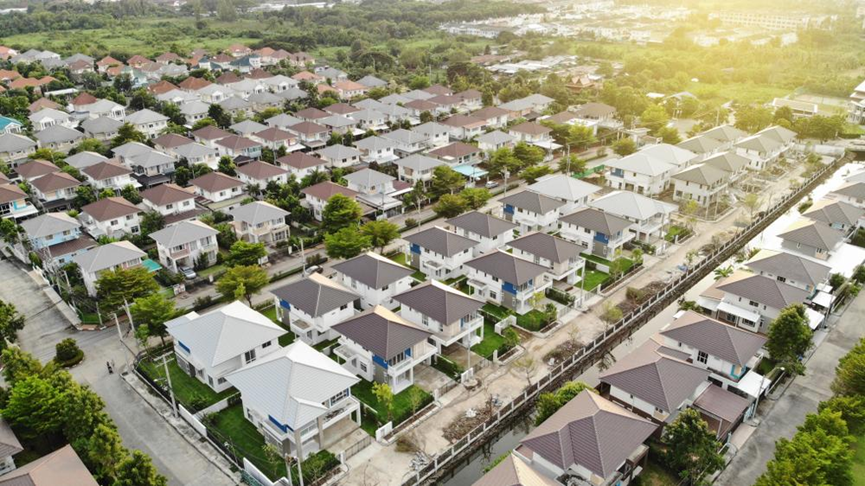
房地产的价值,早已不是“新不新”的问题,而是“有没有用、能不能变现”的考量。城市中心的旧房,成了被重新定义的财富。而那些曾经被忽略的楼梯房、老公寓,也终于迎来了属于它们的高光时刻。
Real estate value is no longer about being “new” or “old,” but about “usefulness” and “monetization potential.” Central city old homes are being redefined as assets of real value. Once-ignored walk-up flats and aging condos are finally stepping into the spotlight they long deserved.

